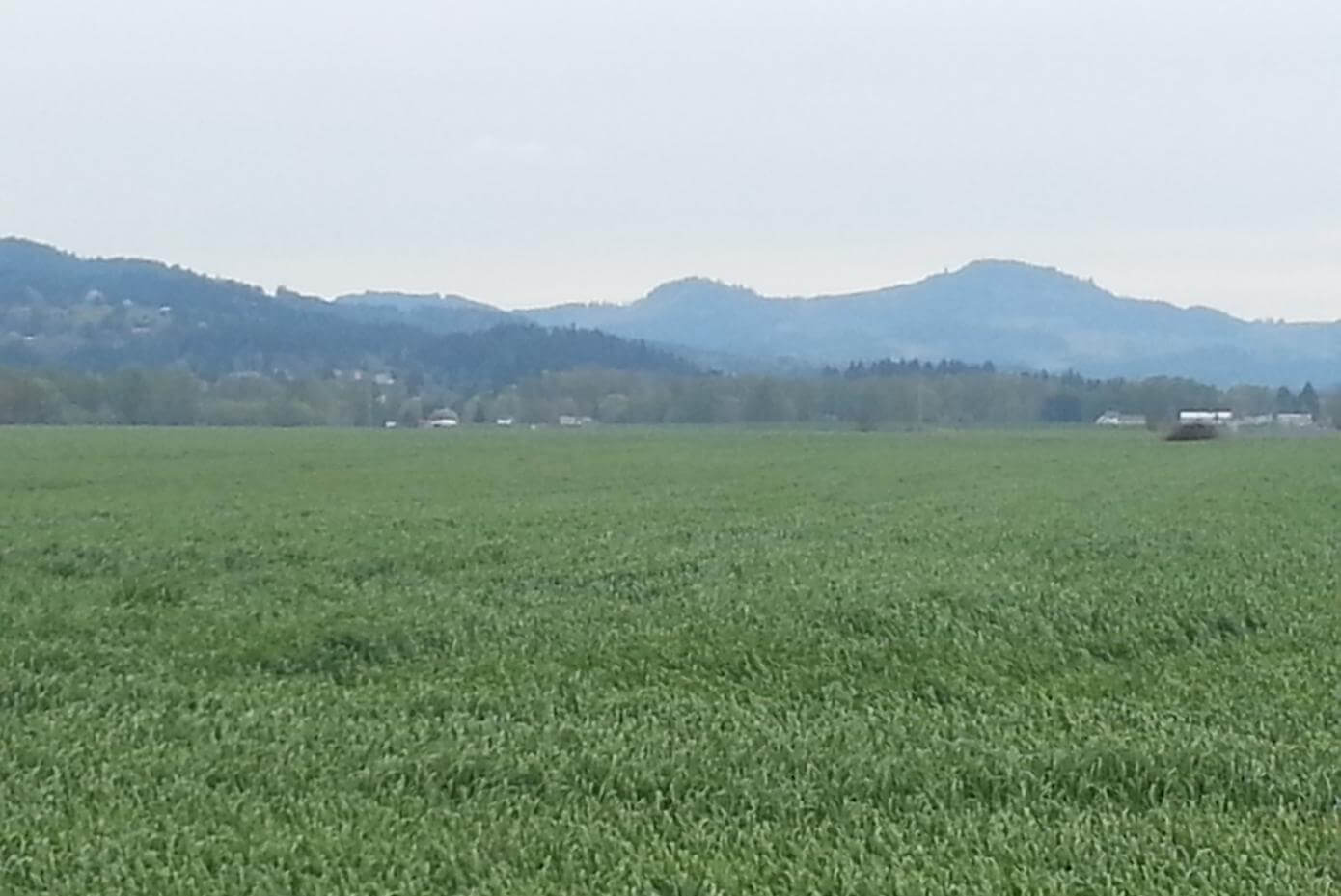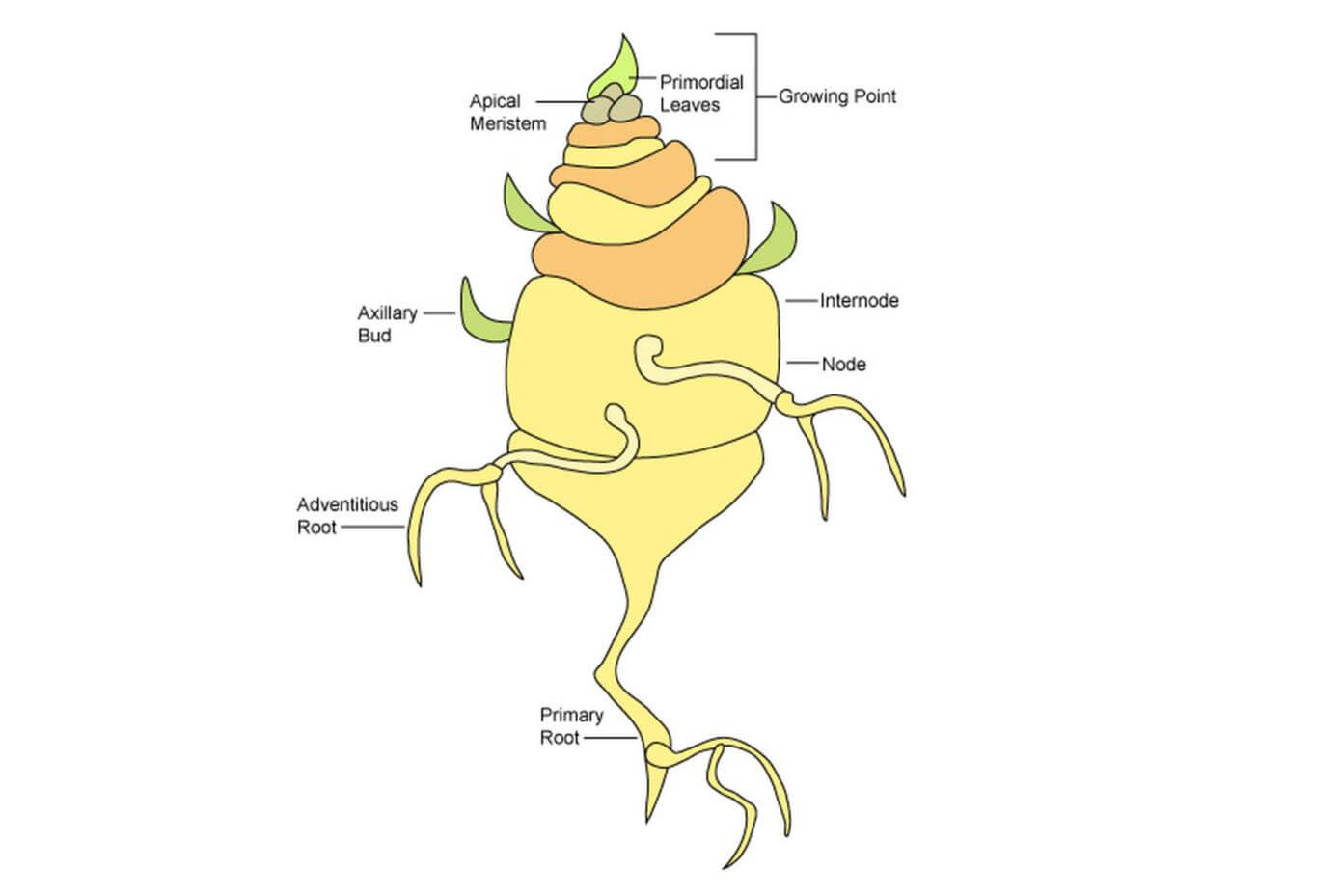Crop Talk
As represented by this recent photo, crops in the Willamette Valley are doing fine right now. Like every year, there have been issues. The slugs worked on newly planted annual ryegrass fields this fall, and rains were sparse from Jan-March, but all in all, no real alarms as it relates to potential seed yields for the 2013 crop. Even the low moisture isn’t too much of a concern because moisture during the fall was good. If the rest of the growing season has sufficient rains, there should be little negative impact.
Supply concerns these days are more about total acres and carryover than potential seed yield. For example, it looks like perennial ryegrass acres for this coming year are down from 2012. Coupled with very low inventories, this has already translated into a challenging early fall, for both seed delivery and pricing. While tall fescue acres are up, inventories aren’t much better than perennial ryegrass inventories, especially on high demand varieties and crop/weed free seed.
On the forage side, annual ryegrass acres are about the same. The number of certified acres continue to rise; most of these are exported on a contract production basis and require that fields are out of annual production for at least five prior years. Orchardgrass acres are down with farmers trending to plant other crops over orchardgrass, simply due to farm economics - more money in other crops. This makes new, as well as replacement orchardgrass acres difficult to place. Medium red clover and crimson clover acres are down as well.
Cover Cropping: This Thing Is Growing!
Even though we’ve been providing cover crops seeds for nearly 50 years, we have seen a significant increase in both interest and volumes over the past years as cover cropping is being utilized in new ways by new audiences. This “new,” or rather, re-newed market, is still very immature and unsaturated. Most seeds are still public or common varieties, with only a few “improved” selections. While the pursuit of improved genetics is underway, this increased interest and usage is affecting non-cover crop markets and and their common products. A good example is crimson clover. Last year’s price, as well as this year’s forecasted price, are notably higher than traditional prices due in part by increased cover crop usage.
Additionally, cover cropping is increasing interest in coating for multiple reasons including ballistic, cost reduction and increased success in establishment.
Look to Smith Seed Services for your cover crop seeds needs, whether typical crops like annual ryegrass, crimson clover, vetches, radish, peas, buckwheat, or the more specialty crops like Ethiopian cabbage, sunn hemp, and Phacelia. Visit CoverCropSeeds.com to learn more about our cover crop lineup and our coatings for cover crops.
How Grass Grows Part 3: Shoot Development
“As initial root and leaf development proceeds, the seed disintegrates and is transformed into a crown (or growing point) at the soil surface. The crown is a compressed stem consisting of stacked nodes and internodes. Nodes are regions of cell differentiation from which new organs (leaves, tillers, stolons, rhizomes, and roots) develop. The apical meristem is located on the tip of the crown. Given proper environmental conditions, cell division and elongation of the apical meristem will result in development of the flowering stem (or culm). Tillers, rhizomes, and stolons develop from axilary buds.”
VA Tech’s How Grass Grow’s interactive presentation. See the full presentation under our Resource section at www.SmithSeed.com.

